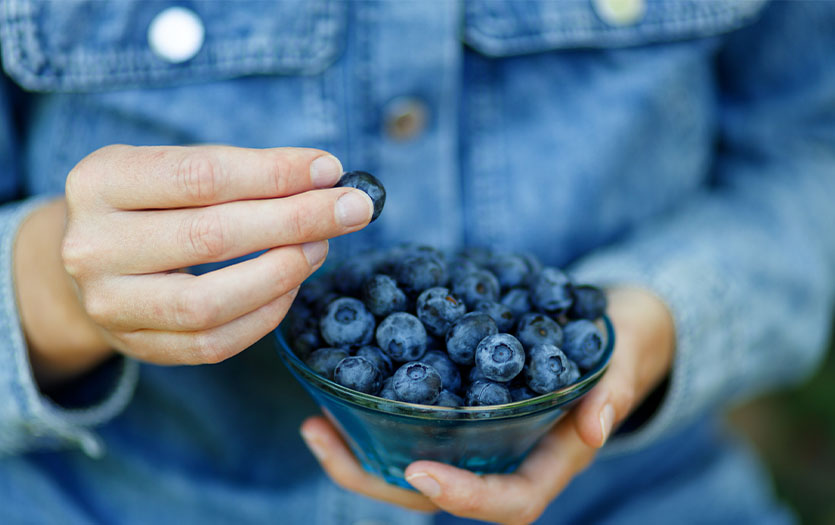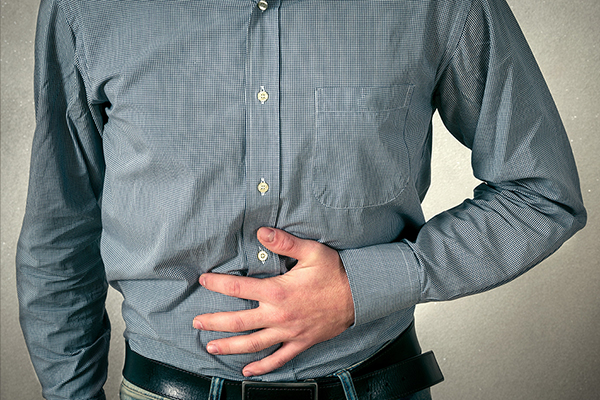
As you go about your weekend cleaning in the days to come, Megan Bobay, RDN, Parkview Huntington Hospital, encourages you to take a look in the fridge. Here she offers three simple areas to address first.
food storage.
We often think of washing windows and cleaning bathrooms, but what about the most dangerous room in your house? I’m talking about the kitchen. The Centers for Disease Control and Prevention (CDC) estimate that annually one-sixth of Americans become ill, 128,000 are admitted to the hospital and 3,000 die of food-borne diseases.
Proper food storage is crucial. The first step is to make sure you have a working thermometer on the center shelf of your refrigerator and freezer to ensure your appliance is keeping food at or below 40°F and 0°F, respectively.
Being strategic about how you stock this appliance can, not only encourage healthier eating (put the better choices front and center), but it can also keep your entire family healthy and safe. Practice the following:
- Prevent juices from raw meat, poultry and seafood from contaminating other foods by wrapping them tightly or storing them in sealed containers.
- Use the produce drawers to keep fruit and veggies fresher longer and protected from other hazardous foods.
- Milk and eggs should not be stored in the door, but on a shelf where the temperature is more constant. Eggs need to be stored in their original carton to avoid cross contamination.
- Cooked meats and cheeses should be stored in their designated adjustable temperature drawer.
- To help gauge how long foods can be safely stored, download the free app “Is My Food Safe?” or visit www.HomeFoodSafety.org.
read your labels.
While sell by dates can be helpful, there’s a lot of confusion around how vigilant consumers have to be. Do you need to throw food out at the stroke of midnight according to a date? Start by getting familiar with the different labeling types:
- Sell by date - The last date a store should sell a product. So you should buy the food before this date passes and cook or freeze it before it expires.
- Best if used by date - Refers to when the food still has the best quality or taste, but doesn’t refer to its safety.
- Use by date - The last date the food is at its peak quality. Food should be discarded after this date since food may look, smell, and even taste fine, but could still be dangerous.
If a date is fast approaching or a food has no date, freeze it to extend its shelf life. Mishandling food can cause bacteria to grow before or after dates so, “When in doubt, throw it out!”
cleanup.
Sponges and dishcloths are breeding grounds for bacteria. Opt for paper towels or disinfectant wipes to clean up meat juices or other spills that might spread bacteria on your countertops. If your sponge smells, throw it out. Otherwise, start cleaning it daily to kill 99 percent of the germs. You can do this by microwaving the sponge for 1 minute or placing it in a dishwasher that has a drying cycle. Make sure to store it in a dry location between uses. Dishcloths are a better choice than sponges, but they still need to be washed in hot water and dried on high heat regularly.
It’s great that more and more consumers are using recyclable grocery bags to benefit the environment, but these can harbor bacteria, too. Wash them regularly by hand with hot, soapy water or throw them in the washing machine. Use separate bags when shopping to prevent cross contamination just as you do when storing food. For example, keep raw meats in one bag and produce in another. Make sure to clean your counter tops if you place your recyclable bags on them to put groceries away. Keep your bags in a clean, dry area rather than the trunk or back seat of your car.



